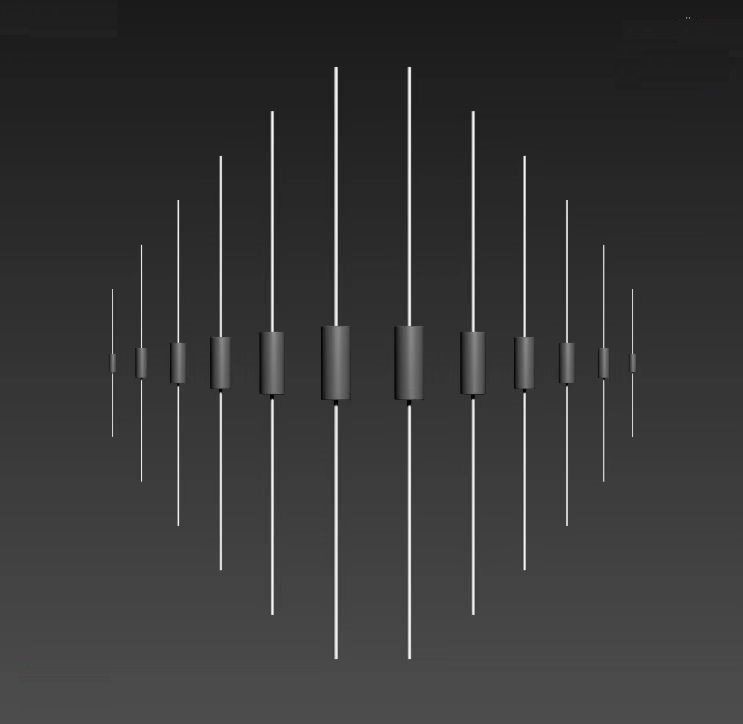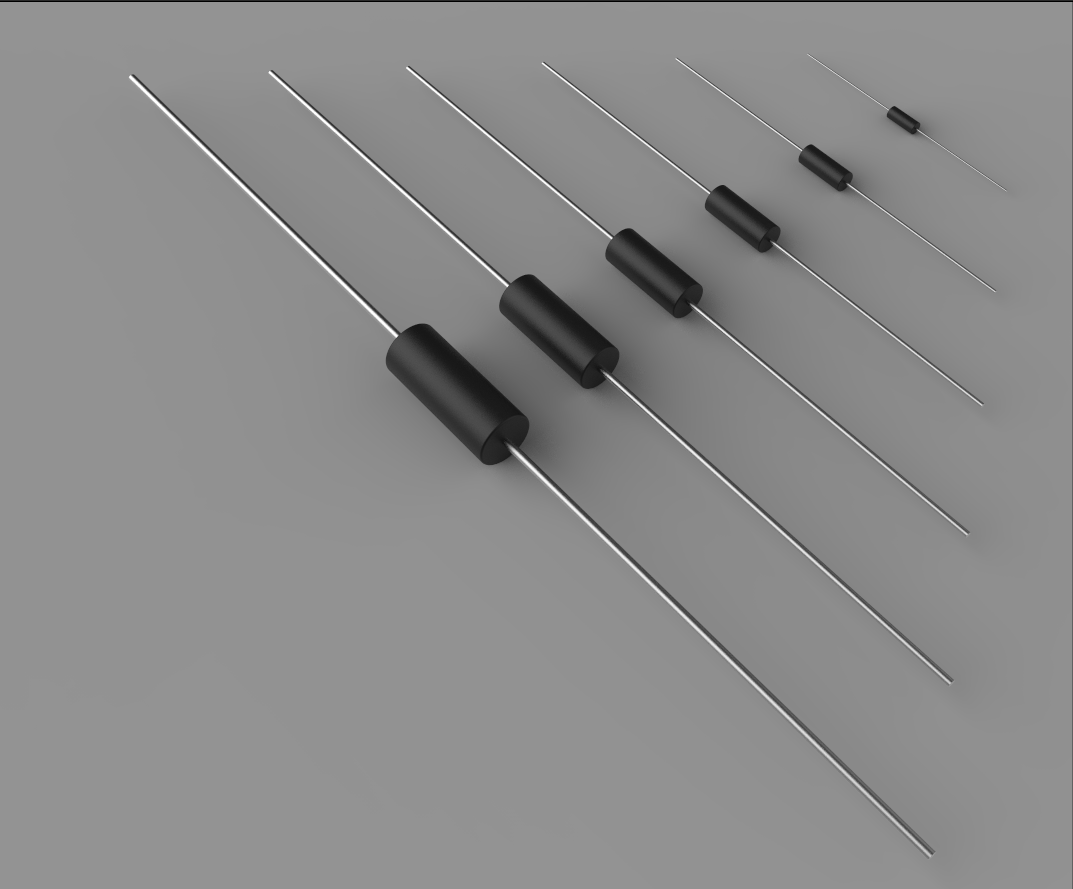Position:Home » Industry News
EEE-INST-002 for Resistor
Writer:Microhm Page View:Date:2019-08-29
For applications that require high reliability, the resistor production process includes MIL-style testing consisting of electrical and environmental stresses to screen out and identify any parts or lots that exhibit performance variations. The level of testing needed depends on how critical the circuit is to the overall objective of the project. Microhm Electronics metal film resistor EE series meeting standard MIL-R-10509 are widely used in precision instruments.

Parts testing may vary depending on the specification’s requirements. However, the tests are usually separated into groups. Some undergo screening tests performed on 100% of a production lot, while other lots undergo destructive tests performed on a sample of units from within a specific lot to guarantee the performance of the rest.
For space-project applications (or even military and avionics), a more specific and relevant testing pattern developed by NASA may be used as a basis. The EEE-INST-002 guidelines titled “Instruction for EEE Parts Selection, Screening, Qualification, and Derating” are used as a basis for the development of several specifications that use foil resistors. Subjecting the resistors to the aforementioned sequence of tests can improve the confidence level of a part to perform in a critical space application. NASA developed the EEE-INST-002 guidelines to be flexible enough to accept any technology and part type. Consequently, there are foil devices with a number of different specifications suitable for these types of critical projects.

Some military applications require a part that’s not qualified to a QPL specification. The Defense Supply Center of Columbus also maintains several up-screening plans oriented around high-demand products that haven’t been QPL-qualified. These specifications, known as DSCC specs, consist of a 100% screening test (Group A testing) and a destructive series of tests (Group B testing). DSCC specifications are easily recognized by engineers, distributors, and QA organizations and come in a wide variety of part types. Hermetically sealed precision foil-resistor networks are available with screen/test flow in compliance with EEE-INST-002 (Tables 2A and 3A, Film/Foil, Level 1) and MIL-PRF-83401.

Parts testing may vary depending on the specification’s requirements. However, the tests are usually separated into groups. Some undergo screening tests performed on 100% of a production lot, while other lots undergo destructive tests performed on a sample of units from within a specific lot to guarantee the performance of the rest.
For space-project applications (or even military and avionics), a more specific and relevant testing pattern developed by NASA may be used as a basis. The EEE-INST-002 guidelines titled “Instruction for EEE Parts Selection, Screening, Qualification, and Derating” are used as a basis for the development of several specifications that use foil resistors. Subjecting the resistors to the aforementioned sequence of tests can improve the confidence level of a part to perform in a critical space application. NASA developed the EEE-INST-002 guidelines to be flexible enough to accept any technology and part type. Consequently, there are foil devices with a number of different specifications suitable for these types of critical projects.

Some military applications require a part that’s not qualified to a QPL specification. The Defense Supply Center of Columbus also maintains several up-screening plans oriented around high-demand products that haven’t been QPL-qualified. These specifications, known as DSCC specs, consist of a 100% screening test (Group A testing) and a destructive series of tests (Group B testing). DSCC specifications are easily recognized by engineers, distributors, and QA organizations and come in a wide variety of part types. Hermetically sealed precision foil-resistor networks are available with screen/test flow in compliance with EEE-INST-002 (Tables 2A and 3A, Film/Foil, Level 1) and MIL-PRF-83401.
Keywords:
Latest News
- Resistor's role in measuring and correcting LED,,,
- Single through-hole resistors' characteristics ,,,
- Why shunt resistors for current sense applicati,,,
- Metal-film resistors with small size, high resi,,,
- 36W High-Current Shunt Resistors MMS8420,,,
- 1W Surface Mount Resistor MPR1206,,,
- An Overview of Microhm Electronics' Resistor Pr,,,
- More anti-sulfur resistors used in harsh envir,,,
- Resistance changes with temperature,,,
- 140W TO247 High Power Heatsinkable Resistor,,,
- MMS5930 is ideal for current sensing in industr,,,
- Shunt resistors selection for engineers' design,,,
- Considerations for choosing precision resistors,,,
- Ceramic Encased Cement Resistors NWH Series for,,,
- Resistors for Passive Balancing in Battery-Pow,,,
Hot Articles
- Microhm will take part in 10th Automotive World,,,
- Thanks for Visiting Microhm's Booth E5-5706 in ,,,
- Resistors in Short Supply: Blame Cars,,,
- New lunch: High Power Precision Shunt Resistor,,,,
- How to Test a Resistor,,,
- Innovative Technology, Future Electric: Electri,,,
- What is Precision Resistors?,,,
- SMD Resistors Sizes and Packages,,,
- The Construction and Features of Metal Film Res,,,
- What is a TO-220 Resisor?,,,
- Hot Selling Products: Precision Shunt Resistors,,,
- How to Calculate the Equivalent Resistance Valu,,,
- What is a Fixed Resistor?,,,
- Resistors in LED Circuits,,,
- Resistors Types and Materials Overview,,,
Resistance applications
- Miniature future for passive electronic compone,,,
- Carbon Film Resistors' Features and Application,,,
- The Main Application for High Precision and Low,,,
- Precision Resistors' Construction and TCR,,,
- Heater Blower Motor Resistor in Air Conditioner,,,
- Why Zero-Ohm Resistors?,,,
- Urbanization Development Bringing the Transform,,,
- BMS for New Energy Vehicle,,,
- Industrial Roberts Applied to Solar Photovoltai,,,
- Select the Right Resistor for Harmonic Filterin,,,
- Surface Mount Resistor's Size and Package ,,,
- The Four Important Functions of Alloy Resistors,,,
- Difference Between High Precision Resistors and,,,
- The Measurement Accuracy of Automotive Shunt is,,,
- Shunt Resistor MMS8420 for High Current Stable ,,,
